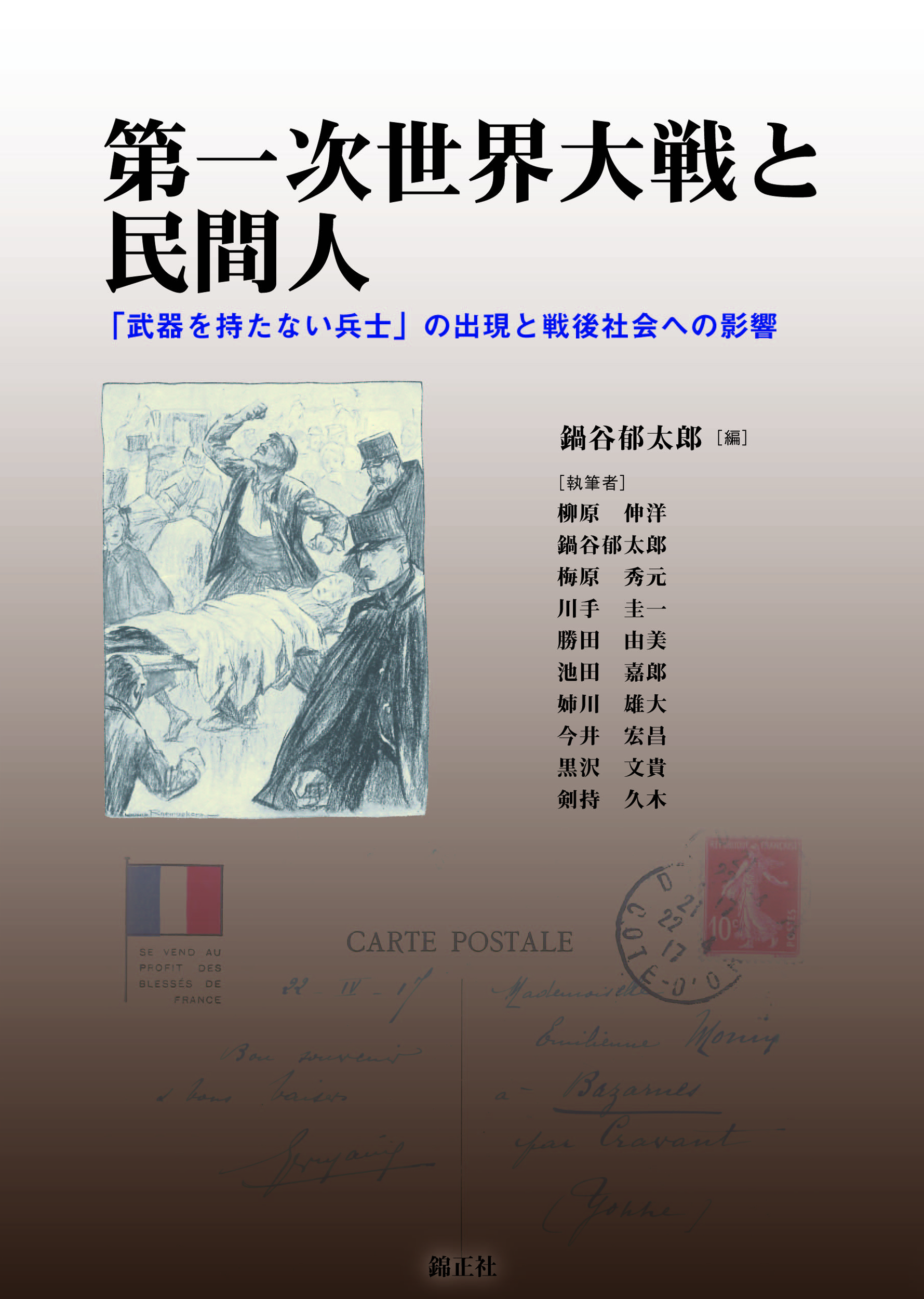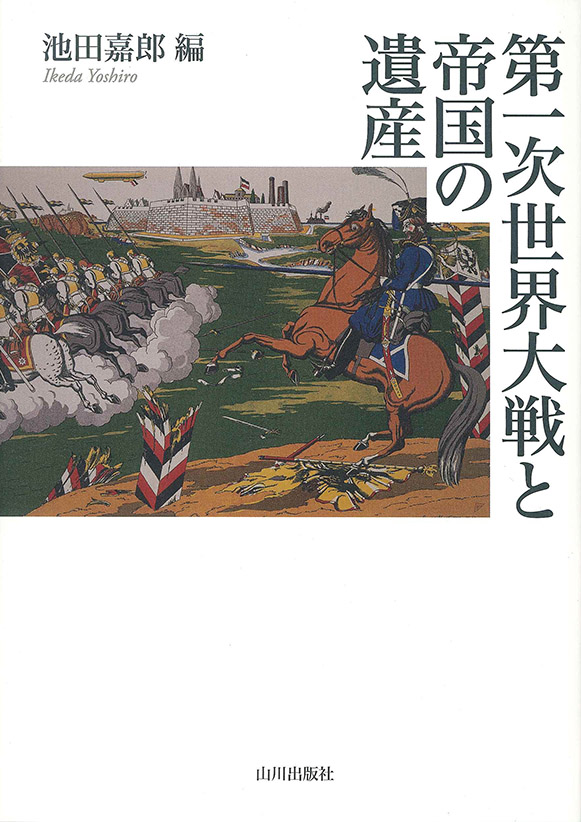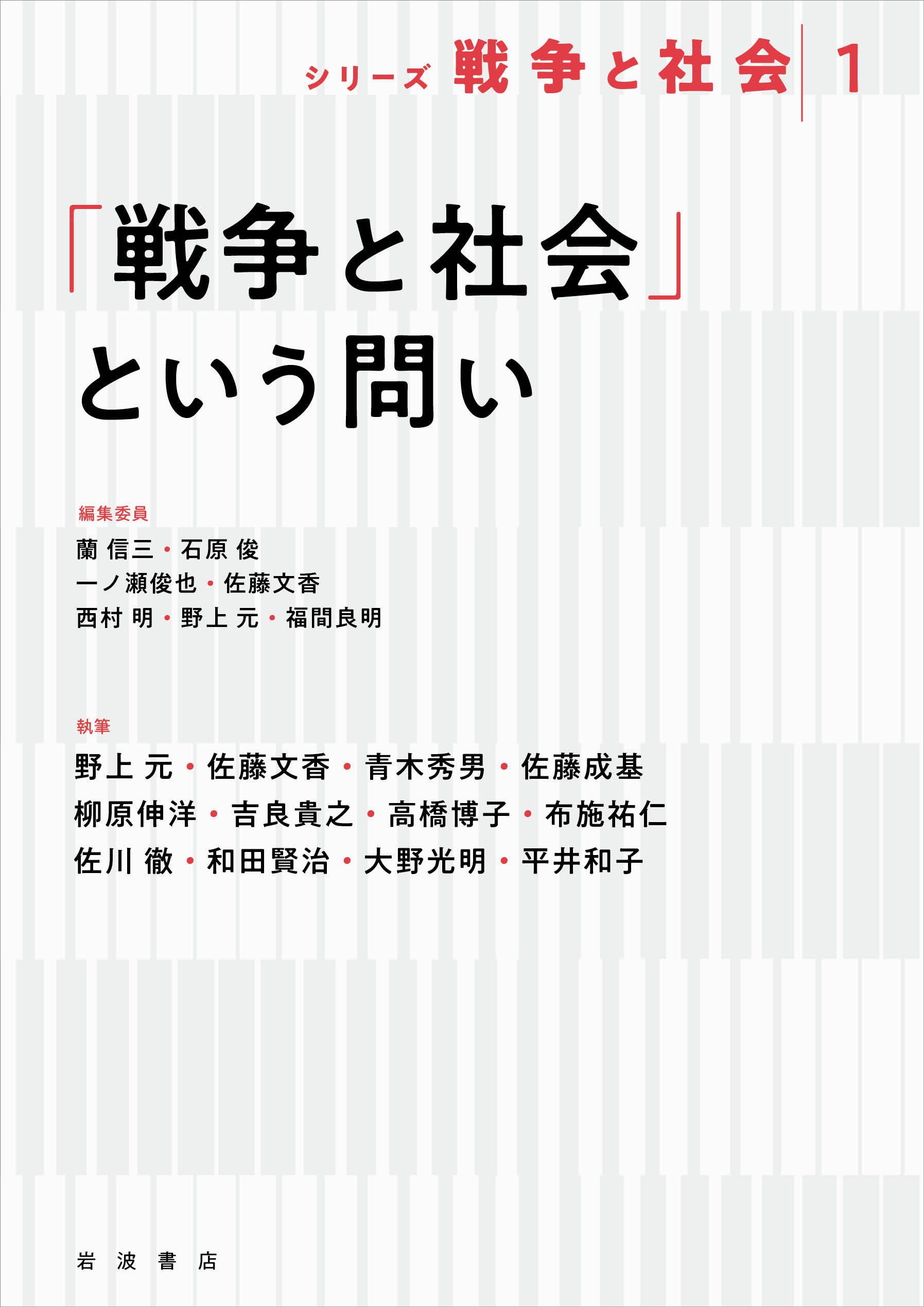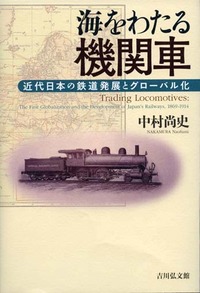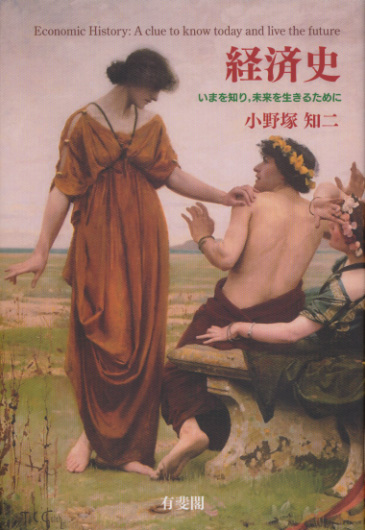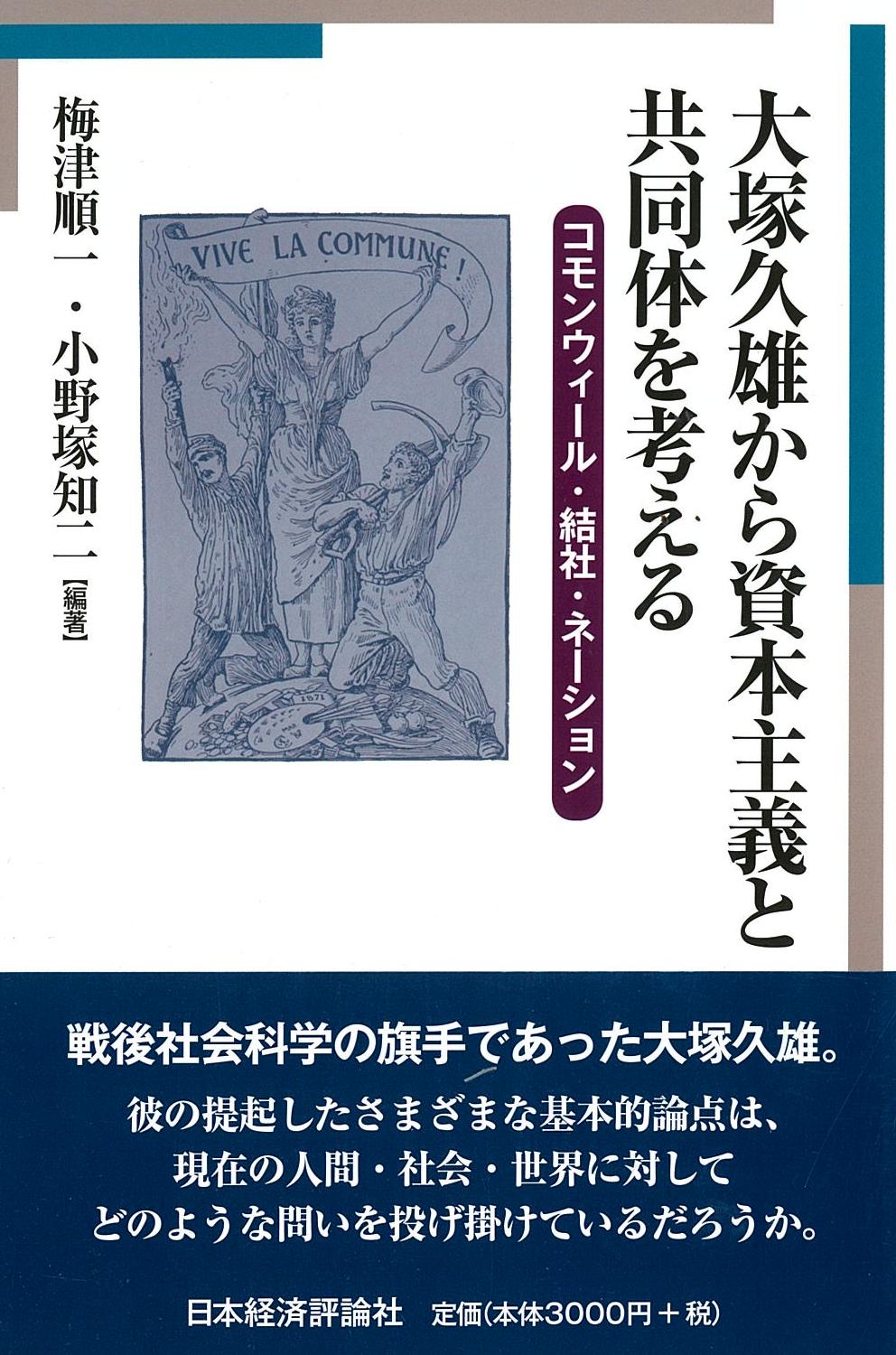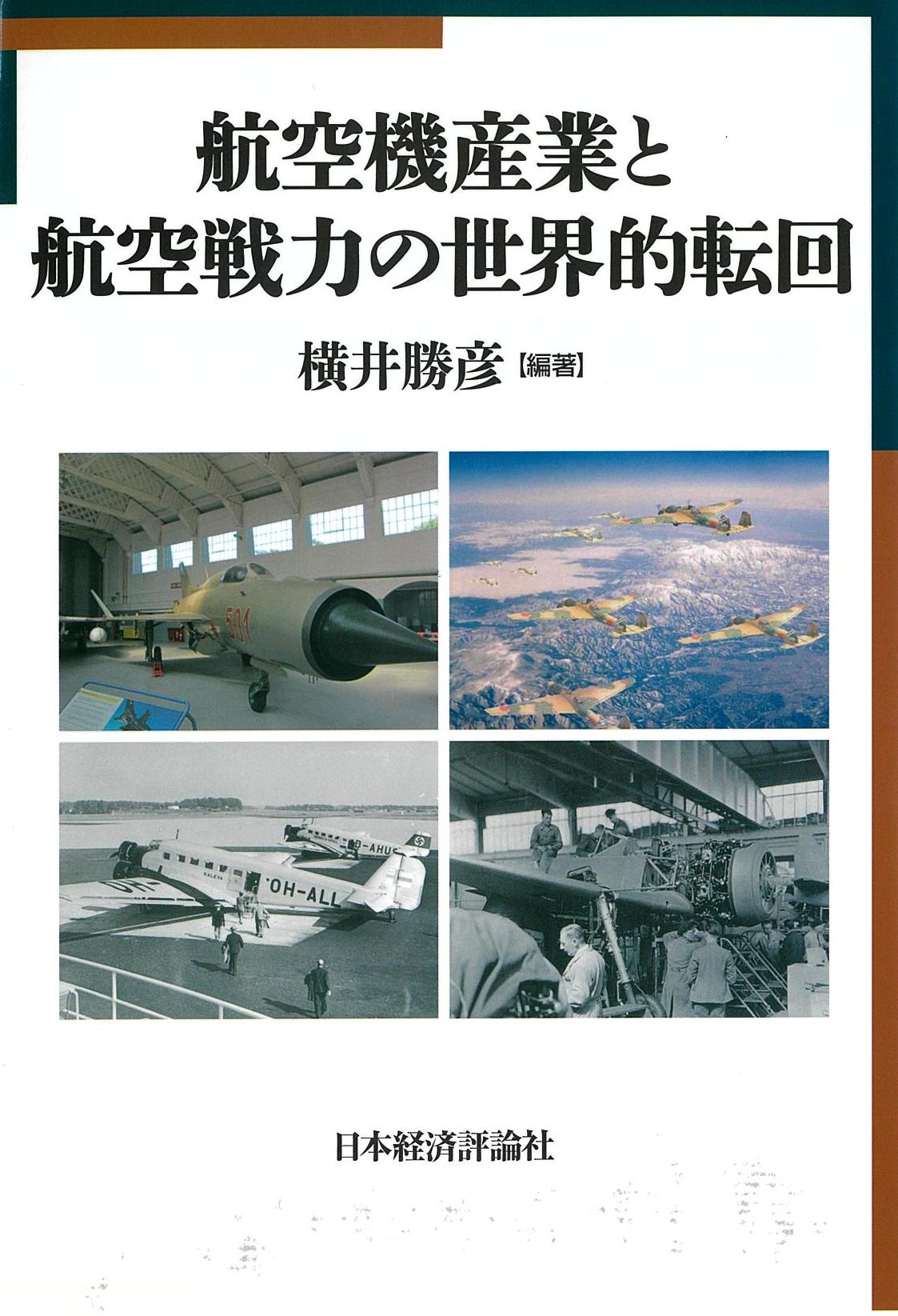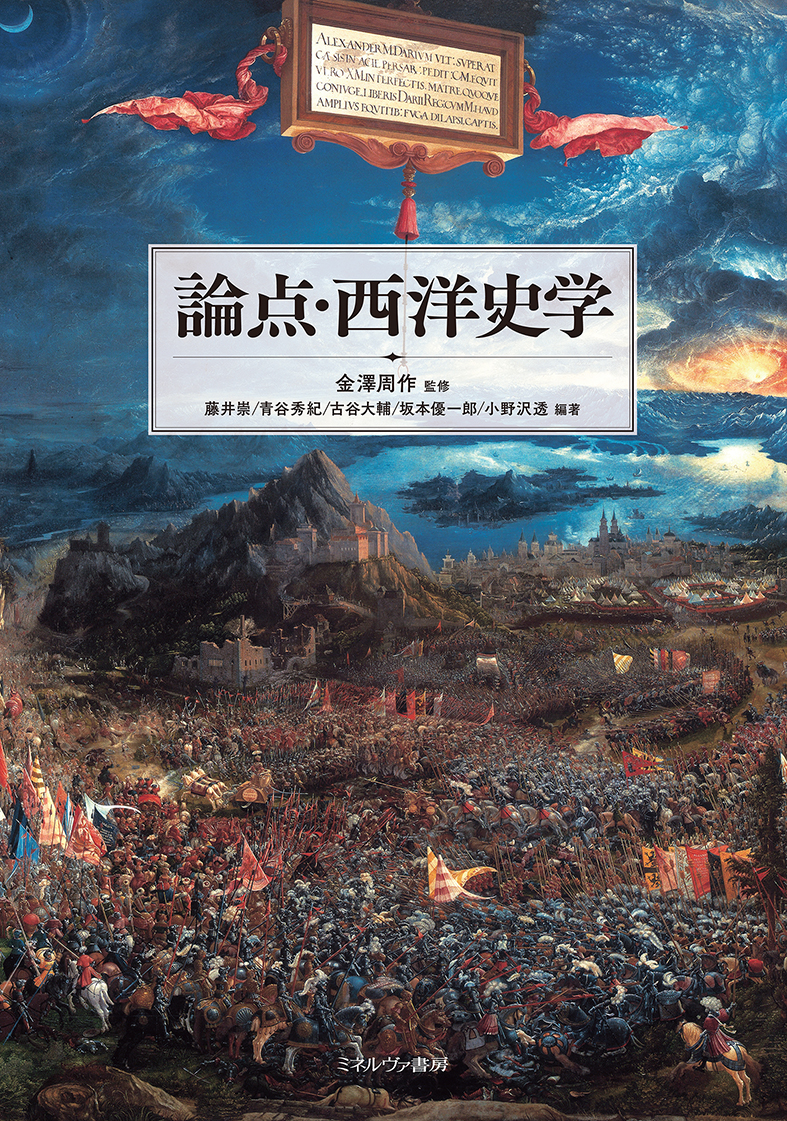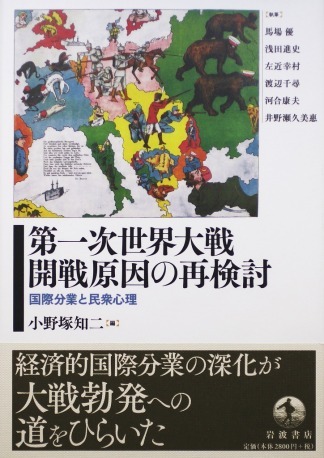
Title
Daiichiji Sekaitaisen Kaisengenin no Saikento (A Rethinking of the Origins of World War I - International Division of Labor and Popular Psychology)
Size
おのづかともじ、オノヅカトモジ、ONOZUKA Tomoji、小野塚 知二、小野塚知二
Language
Japanese
Released
December 25, 2014
ISBN
978-4-00-061007-0
Published by
Iwanami Shoten
Book Info
See Book Availability at Library
Japanese Page
Today it is difficult to imagine what the global economy was like prior to the First World War. However, at that time, national economies were extremely closely connected with each other and developed smoothly and cyclically. Trade barriers were virtually nonexistent. Through the import and export of capital, movement of goods, and immigration, economies throughout the world, including colonies, grew at a healthy, steady pace. Moreover, information began to be transmitted instantaneously in many areas of the world. This was the first global economy.
Because of this smooth expansion of the global economy, many endorsed the words of liberal pacifist Norman Angell, who thought that borders and tariffs had lost their meaning and that wars would no longer occur. In other corners, socialist rumblings and international solidarity movements persisted, affirming an internationalist promise that they would not be complicit in imperialistic wars. Nevertheless, the Great War suddenly exploded one day during the summer of 1914 and instantaneously ripped apart the tightly connected global economy. This was the First World War.
The United Kingdom was at the center of this first global economy, providing the pound sterling to the world as a standard currency and profiting massively from the global trade, ocean freight, and insurance. This was the main source of the UK’s diplomatic superiority. British politicians knew that fact well and were very hesitant to participate in the war. By eventually tumbling into the morass of the world war, the U.K. lost its hard-earned economic and diplomatic gains and the world lost its most powerful neutral country and peace mediator. The Great War continued for more than four years, wreaking enormous tragedy and disaster.
More than a century later, today’s global economy has still not risen to the level that existed prior to the First World War. The global economy that has developed during the past century has been, with brief exceptions, more unstable, unequal, and disjointed. In this sense, the post-First World War era still continues, whereas the post-Second World War era came to an end with the French-German reconciliation, European integration, and end of the Cold War,; however, apart from the relations between Japan on one side, and China, Korea and Russia on the other side, the postwar settlements are not yet complete.
Just how did this war, which no one wanted, and which was both absurd and illogical, occur? The conventional wisdom attributing the hostilities to “a collision of imperialist powers’ measures for external expansion,” “a conflict between 3B and 3C policies,” or “conflict between the Tripartite Pact and Triple Entente” does not sufficiently explain why the war broke out. Distancing ourselves from the German war-guilt clause in the Treaty of Versailles and calmly reconsidering the reasons for the war is not only valuable in understanding the breakdown of the first global economy but also critical for those of us who live in the east and southeast Asia today—regions that enjoy close economic ties but are threatened by constant diplomatic and military tensions and quietly escalate xenophobia.
(Written by ONOZUKA Tomoji, Professor, Graduate School of Economics / 2017)



 Find a book
Find a book


